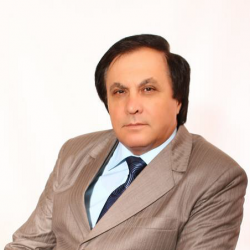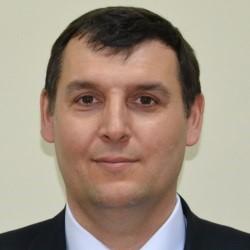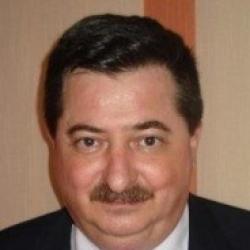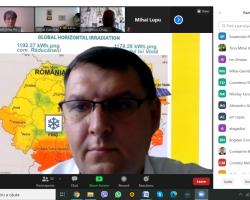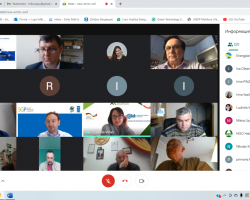Project objectives
- Development of the optimal concept for the realization of the trigeneration system based on solar energy
- Identification of the thermal energy and cold air quotas required to be produced according to the installed power of the photovoltaic system to obtain the highest efficiency of the trigeneration system
- Replication of the proposed technical solution for the realization of the smaller scale trigeneration system in another locality in order to confirm its capacity to operate in different conditions
- Creating new knowledge in the field of trigeneration systems, including patented, in order to promote the further development of technology in the country
Project description
The project is carried out within the Joint Operational Program Romania-Republic of Moldova 2014-2020 and has the identification code 2SOFT / 1.2.66.
The project aims to develop and implement a high efficiency photovoltaic-thermal system (PVT). This PVT system will simultaneously produce electricity, heat and cold air, a technology called - trigeneration. The photovoltaic panels will be equipped with mats with capillary tubes in the back, through which will circulate antifreeze and will extract heat from PVT, an effect that will lead to an increase in electricity production efficiency by over 5%. The thermal energy obtained will be stored in the tank, and used in the necessary proportions. Additionally, the PVT system will include a plant for converting thermal energy into cold air, as in summer, when the thermal energy is in excess to produce cold air that will be used to cool the spaces. The combined application of these three technologies will increase the overall efficiency of the system to 44%, which is clearly higher than the efficiency existing today in photovoltaic systems of 14%.
Actions needed to be taken
- Elaboration of the optimal technical solution for the realization of the trigeneration system
- Realization of the project and technical documentation of the PVT system of 10.5kWp
- Construction and commissioning of the trigeneration system
- Testing and elaboration of conclusions regarding the efficiency and the optimal technical solution for replication of the given system
Structure and location of the system
The PVT system will consist of 42 photovoltaic panels (67.2m2, 10.5kWp) that will be mounted on the roof of the building of the spa resort Bucuria Sind, Vadul-lui-Vodă and will be equipped with capillary mats filled with antifreeze liquid to produce hot water with storage tank and installation for converting thermal energy into cold air for cooling spaces. The implemented technical solution will increase the efficiency of electricity production of PV by 5%, will produce annual thermal energy worth 7,320kWh and will generate 7900kWh of energy in the form of cold air, which will increase the overall efficiency of the solar energy to 44%, compared to 14% for the separate use of PVT.
The same type of PVT system at a scale of 4kWp will be developed and put into operation in Răducăneni, Iaşi, Romania to test the operating capacity in various locations.
